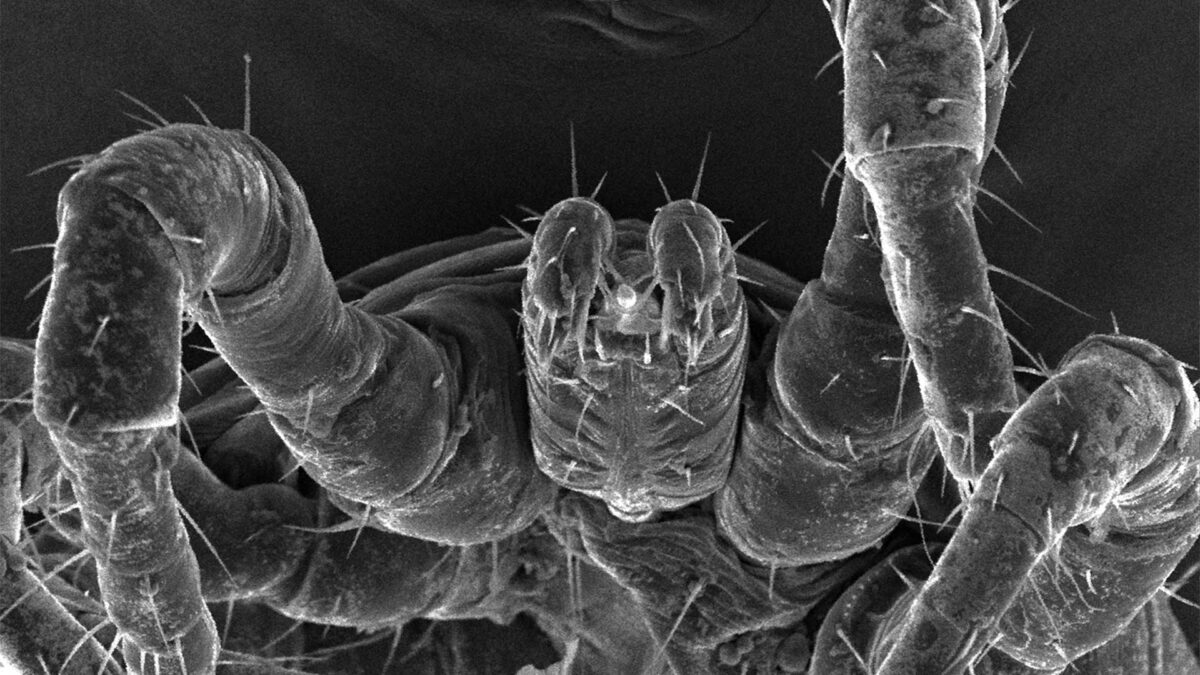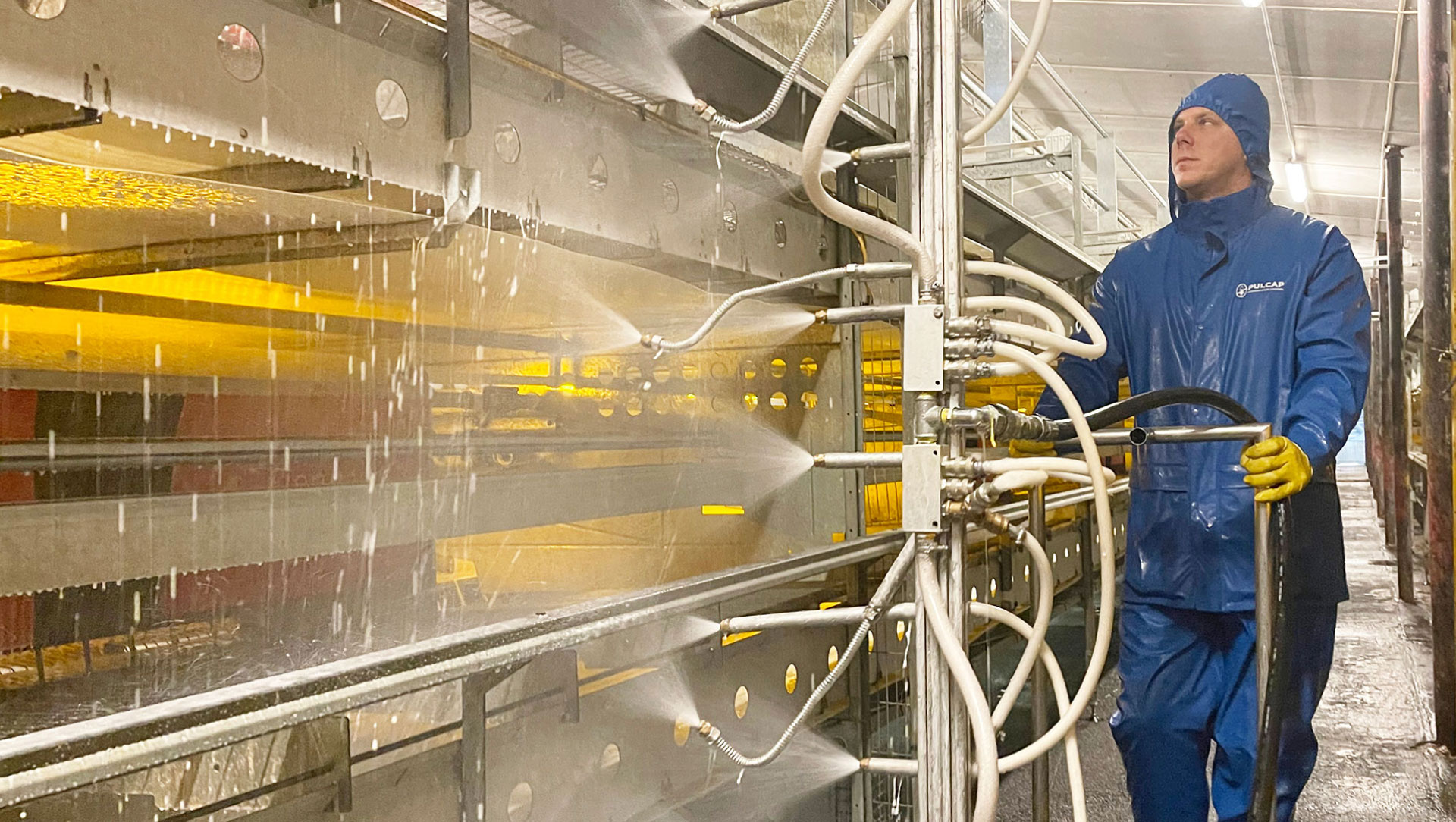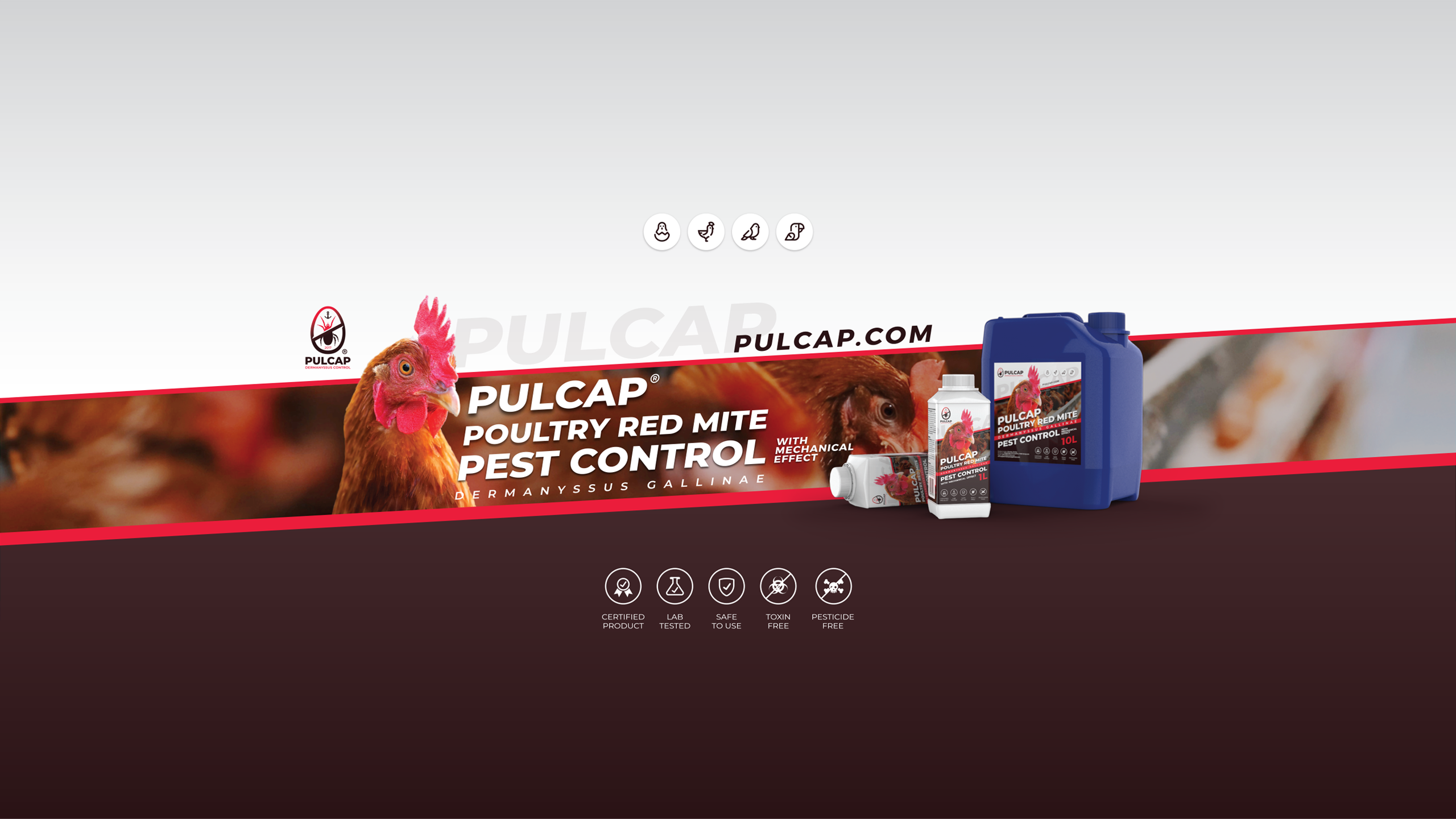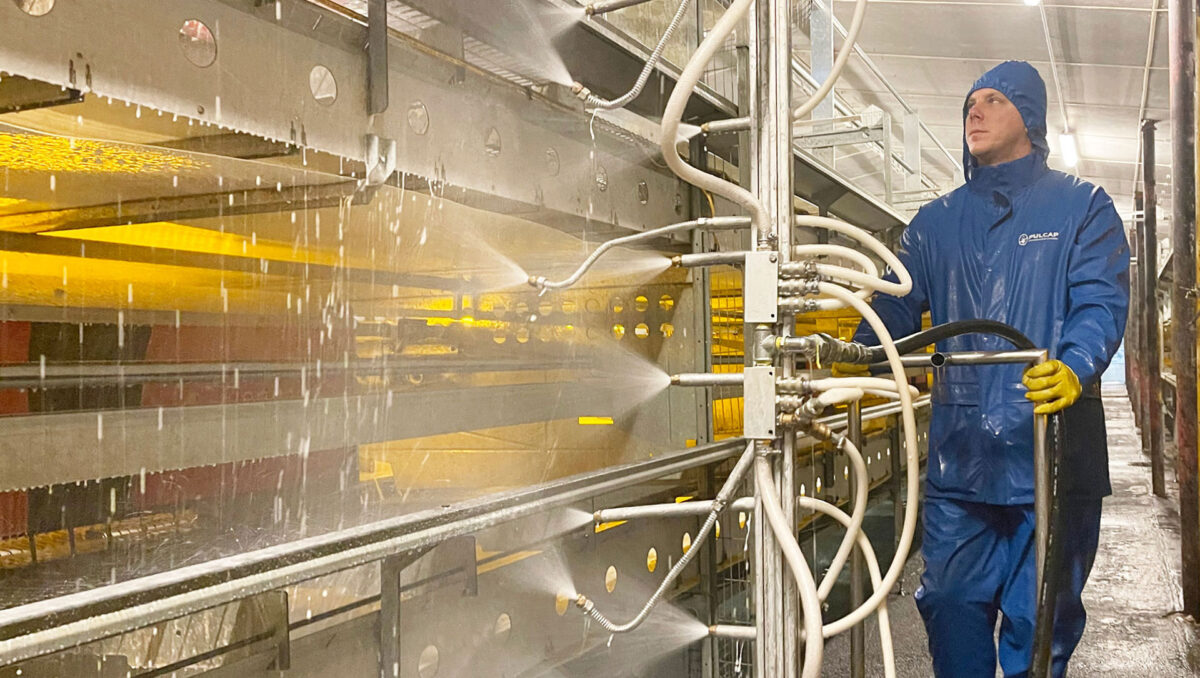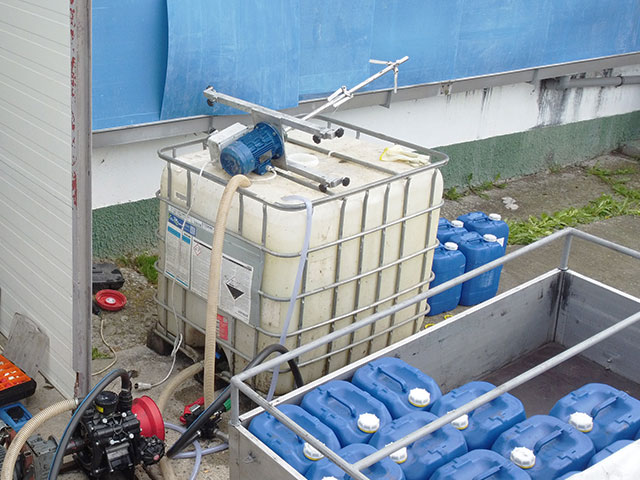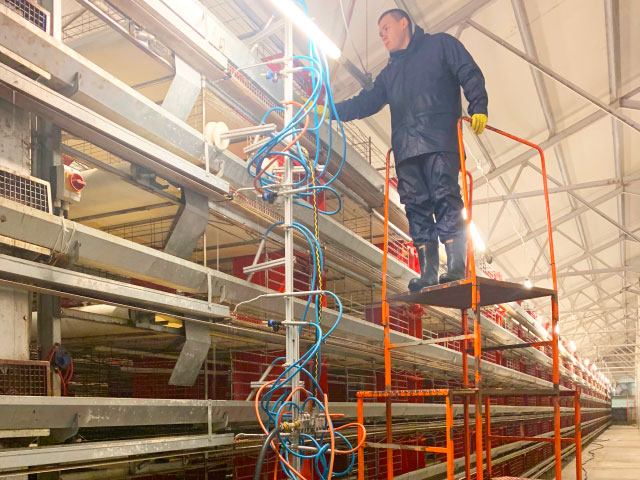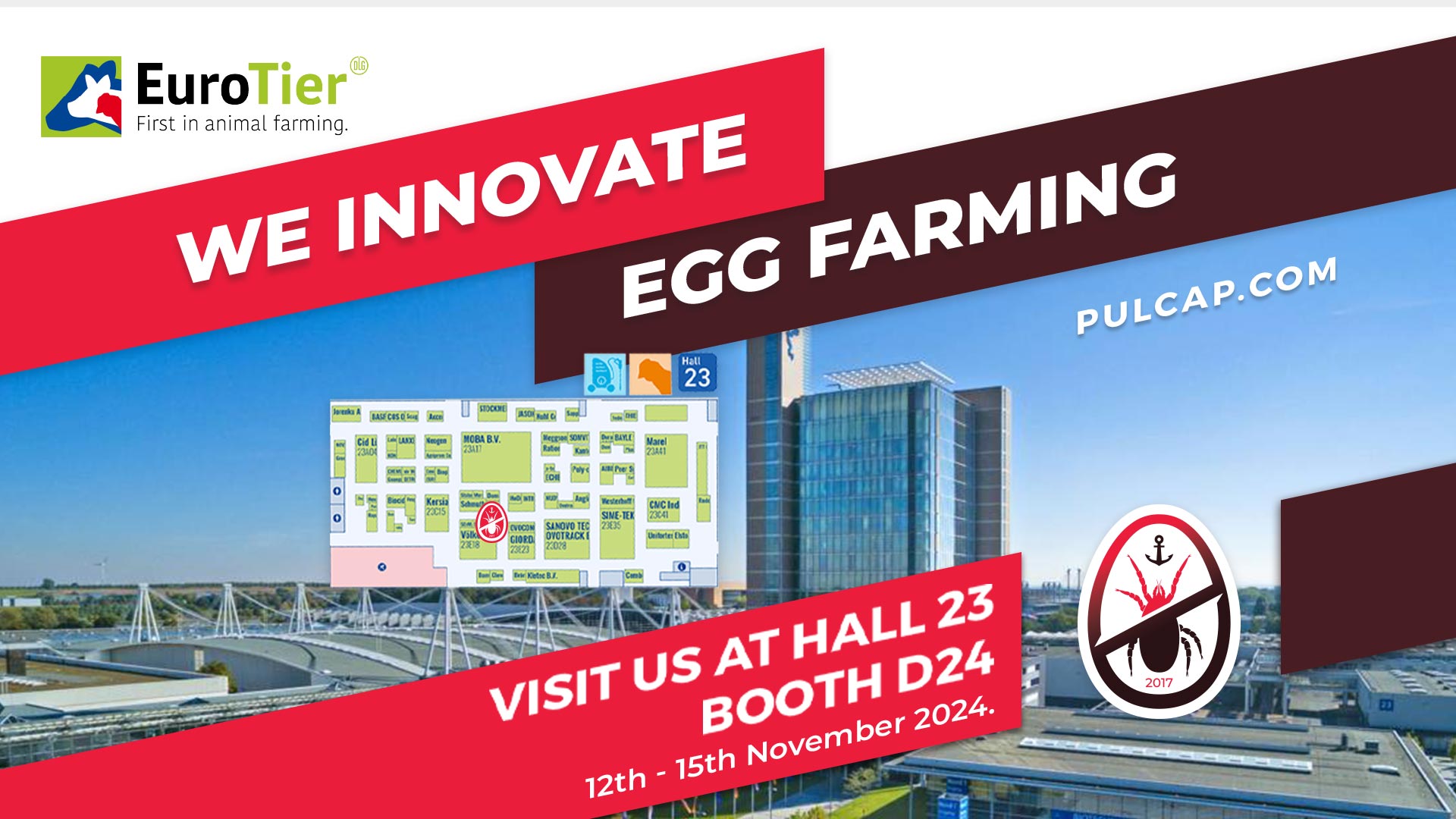Pulcap Blog
Understanding Red Poultry Mites: History, Impact, and Management Strategies
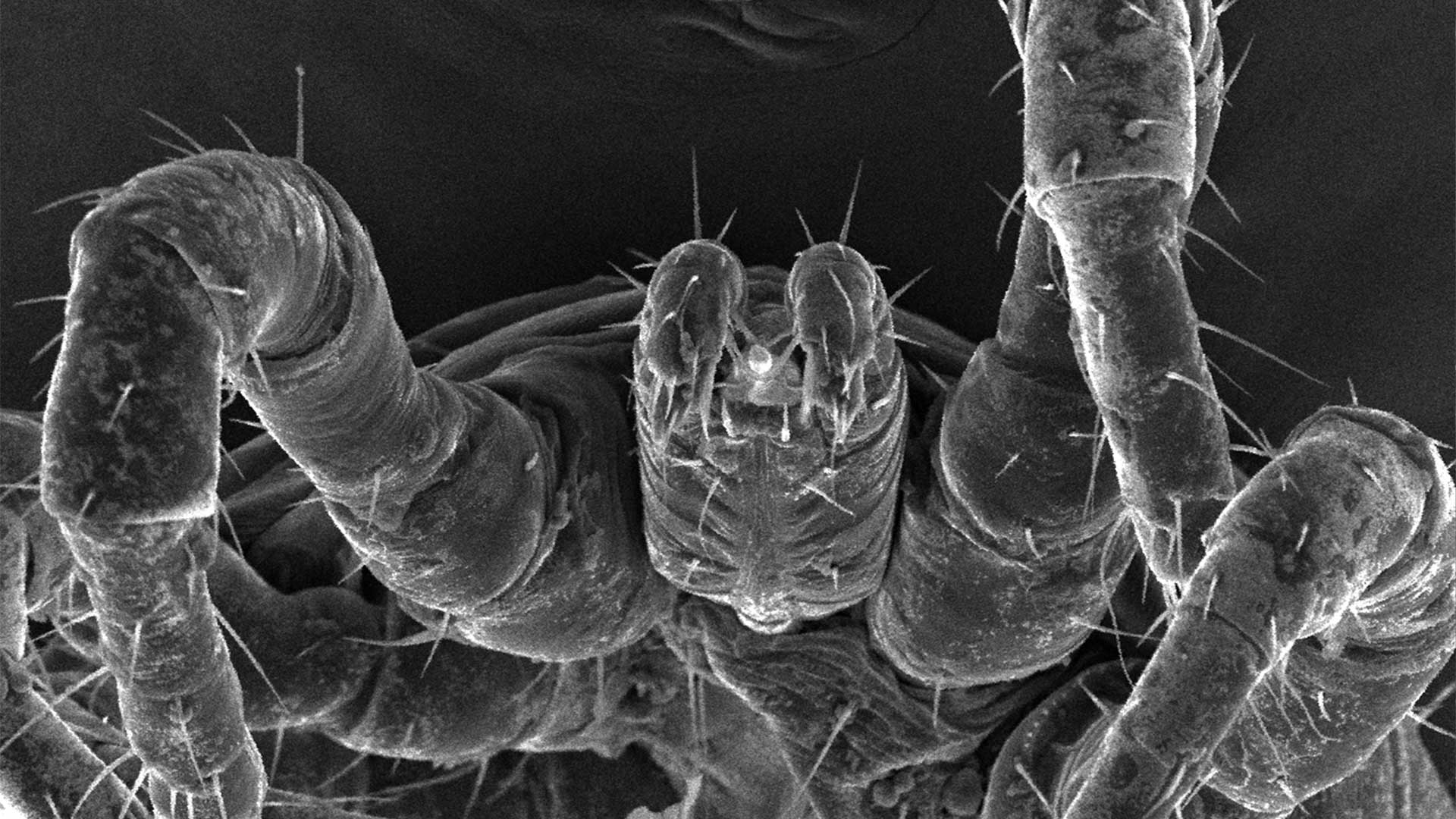
Introduction
In the world of poultry farming, few pests are as dreaded as the red poultry mite, Dermanyssus gallinae. These mites are notorious for their impact on poultry health, farm productivity, and overall operations. This comprehensive post delves into the history of red poultry mites, explores their effects on chickens, and discusses effective strategies for managing and mitigating their presence in poultry environments.
Historical Context
The red poultry mite has been a pest to birds for centuries. Historical records dating back to the early 18th century document the presence of these mites in European poultry farms, but they are believed to have affected avian species long before these accounts. Their resilience and adaptability have allowed them to thrive in diverse environments, spreading globally with the expansion of trade and farming practices.
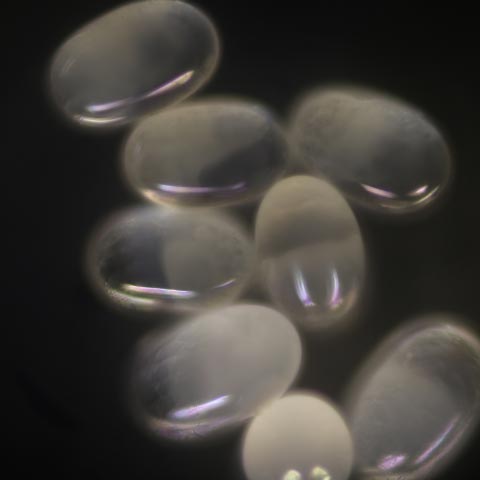
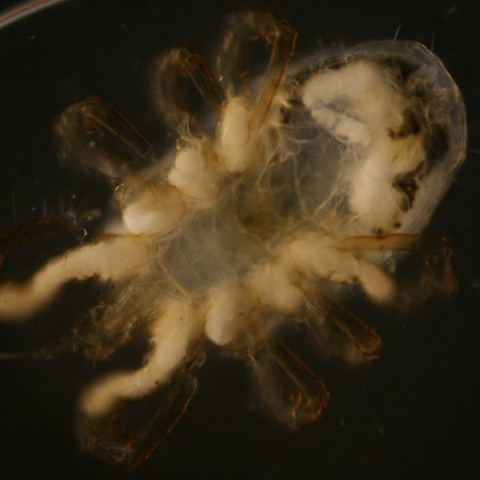
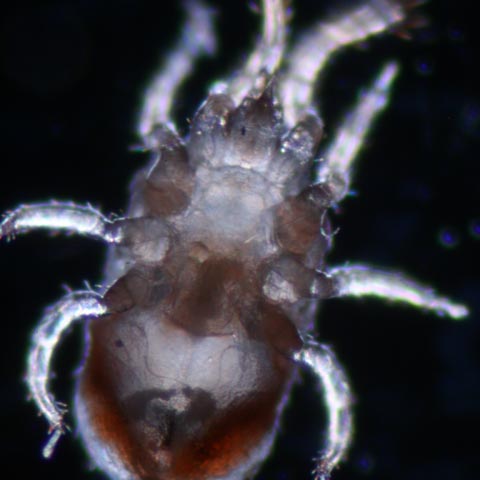
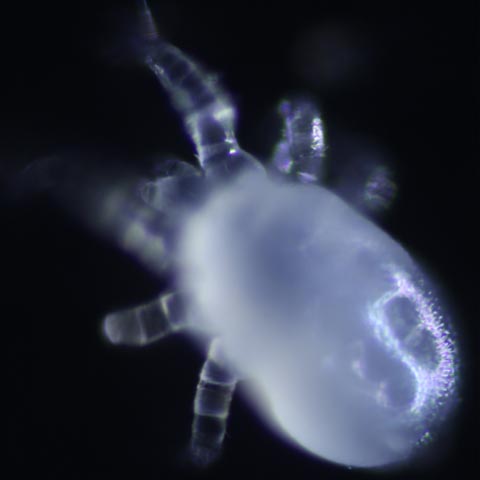
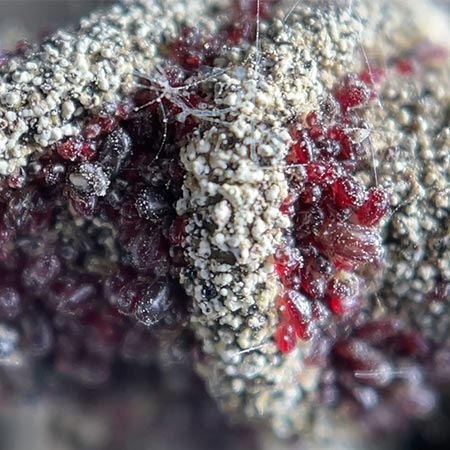
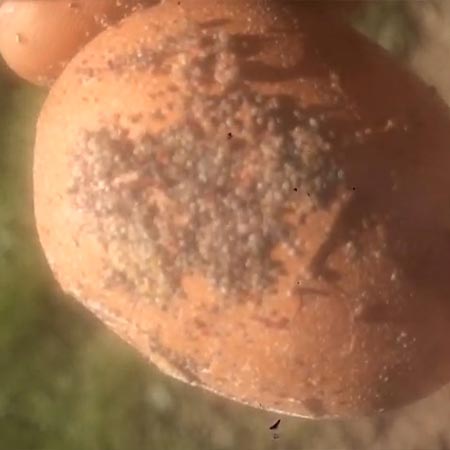
Lifecycle and Spread
Understanding the lifecycle of red poultry mites is crucial for effective control. These mites are ectoparasites that feed on the blood of their hosts during the night. During the day, they hide in cracks, crevices, and other dark areas within poultry houses. They have a rapid reproduction rate, with a lifecycle from egg to adult spanning just 7 to 10 days under optimal conditions. This quick maturation allows populations to explode in number, especially in the warm and humid conditions typically found in poultry farms.
Impact on Chickens
The effects of red poultry mites on chickens are multifaceted:
Health Issues: Infestations cause severe stress, irritation, and discomfort to chickens. Heavy mite loads have been associated with anemia, reduced immunity, and increased susceptibility to diseases.
Behavioral Changes: Affected chickens may exhibit changes in behavior such as restlessness, feather pecking, and reduced feed intake.
Mortality Rates: In extreme cases, unchecked infestations can lead to increased mortality rates within the flock.
Economic and Productive Impact The economic repercussions of red poultry mite infestations are significant:
Reduced Productivity: Infested flocks often show a marked decrease in egg production and slower growth rates, impacting the overall output of the farm.
Increased Costs: Farmers incur higher costs due to the need for frequent treatments, enhanced biosecurity measures, and potential penalties for lower-quality products.
Loss of Revenue: Chronic infestations can damage a farm’s reputation, leading to decreased sales and long-term financial strain.
Prevalence Red poultry mites are widespread, found in temperate climates all over the world. Surveys suggest that a majority of European poultry farms experience mite infestations, with similar reports from farms in North America, Asia, and parts of Africa. Their prevalence is facilitated by their ability to survive without a host for several months, allowing them to persist in poultry houses even after depopulation and cleaning.
Management And Control
Effectively managing red poultry mites requires a comprehensive approach:
Regular Monitoring: Early detection through regular monitoring is essential. This can include visual inspections and the use of mite traps.
Environmental Management: Keeping the poultry house clean and repairing cracks can reduce mite hiding places.
Organic Solutions with Pulcap: In response to the limitations and hazards of chemical acaricides, Pulcap offers an organic, non-toxic, and non-chemical solution that effectively manages mite populations without harming the birds, the environment, or farm workers. Pulcap’s innovative formulation adheres well to surfaces where mites commonly reside, ensuring prolonged efficacy and preventing re-infestation.
Biological Controls: Natural predators of the mites can be introduced as part of an integrated pest management (IPM) strategy.
Farmer Education: Continuous education on mite management for farm workers and managers ensures that best practices are followed.
Conclusion
The challenge posed by red poultry mites is formidable, yet with the right strategies and diligent management, it can be effectively managed. By adopting innovative solutions like Pulcap, poultry farmers have a powerful tool at their disposal that aligns with modern, sustainable farming practices. Pulcap’s organic, non-toxic approach not only safeguards the health of the flock but also supports a productive farm environment. As we continue to advance in research and technology, solutions such as Pulcap are leading the way in offering more effective and environmentally friendly methods to tackle this widespread issue, ensuring the well-being of poultry worldwide.
PULCAP POULTRY CHRONICLES
INSIGHTS AND TIPS FOR A THRIVING EGG FARM
Pulcap Blog Understanding Red Poultry Mites: History, Impact, and Management Strategies IntroductionIn the world of poultry farming, few pests are as dreaded …
Pulcap Blog Why Prevention is Key to a Healthy and Productive Egg Farm Ensuring Healthy Hens Starts Before They Even Arrive! When …
Pulcap Blog Pulcap: The Optimal Organic Solution for Poultry Red Mite Control Introduction: In the world of organic farming, the choice of …

